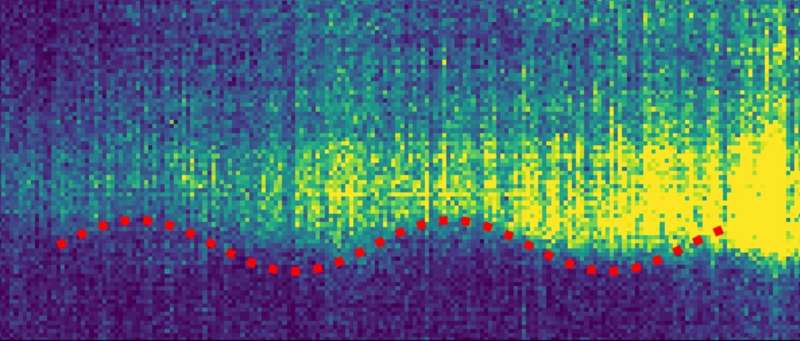Ham radio operators tune in to giant waves in the earth's ionosphere

The very upper layer of our atmosphere is electrically charged and sometimes the electrons up there clump up and form giant waves larger than Texas that zip around the Earth faster than a jet plane. A team of researchers from NASA's Ham Radio Science Citizen Investigation (HamSCI) has observed these giant waves, called Large-Scale Traveling Ionospheric Disturbances, or LSTIDs, for the first time. Volunteers from the amateur radio community collected the data.
This new technique for observing these LSTIDs and vividly demonstrates their effect on radio communications. It can help us understand where these waves come from, and how the layers of our atmosphere interact. These results were published in the American Geophysical Union journal Geophysical Research Letters.
If you love amateur radio and like to get involved with the HamSci citizen science project, visit https://hamsci.org/.
More information: Nathaniel A. Frissell et al, First Observations of Large Scale Traveling Ionospheric Disturbances Using Automated Amateur Radio Receiving Networks, Geophysical Research Letters (2022). DOI: 10.1029/2022GL097879
Journal information: Geophysical Research Letters
Provided by NASA



















